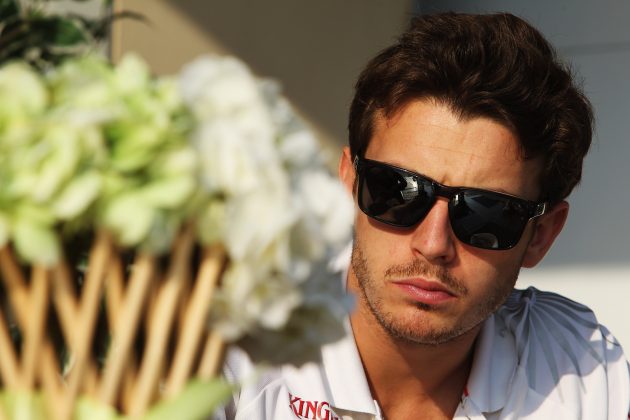Halo saved Romain Grosjean but safety questions remain for Formula 1 over barriers and car chassis

As details emerge of Romain Grosjean’s shocking accident at the Bahrain Grand Prix last weekend, Formula 1 drivers and commentators appear to be in unanimous agreement on one thing: the halo cockpit head protection device looks to have saved Grosjean’s life.
Grosjean came across the track and clipped Daniil Kvyat on the first lap of the race, causing him to veer off the track at high speed and hit the steel crash barrier.
His car sliced in two, which appears to have allowed fuel to escape. Fire then quickly engulfed Grosjean and his vehicle, as can be seen in striking images from the race.
The halo cockpit protection device meant that Grosjean avoided almost certain severe trauma to his head. He was able to escape the vehicle and has suffered only relatively minor burns to his hands and ankles.
Motorsport’s governing body, the FIA, introduced the halo to Formula 1 cars in 2018.
Formula 1 is an open-cockpit series, meaning that drivers are particularly exposed to the potential of serious head trauma in the event of a collision, notably with trackside furniture or other vehicles.
The wishbone design of the halo fits over the open cockpit of the car and provides the driver with additional head protection during a race.
Vindication for the halo after initial controversy
At the time of the halo’s introduction, it was the subject of considerable controversy, including from some of the leading motorsport competitors it was designed to protect.
The FIA had been working on the design at the time of Jules Bianchi’s fatal accident at the 2014 Japanese Grand Prix.
Bianchi suffered lethal head injuries in a violent collision with a mobile crane.
Following Bianchi’s death, the FIA accelerated plans to introduce the halo, despite resistance from other participants and stakeholders in Formula 1.
Grosjean’s accident is unequivocal vindication that the halo represents a big step forward in the FIA’s continued objective of improving safety.
Nevertheless, following Grosjean’s accident in Bahrain, many questions remain in relation to important safety aspects.
Crash barriers and chassis in the spotlight
The immediate reaction of other drivers, including Sebastian Vettel and Pierre Gasly, was to observe that the crash barrier and the car should be designed to withstand an impact of this nature.
They reacted with shock at how Grosjean’s vehicle pierced through the crash barrier and split into two.
Like any sport, Formula 1 drivers accept an element of risk, but at the same time they participate on the basis that basic safety features have been robustly tested to ensure they are effective in the event of a crash.
Formula 1 cars regularly reach speeds in excess of 200kmph, and Grosjean’s collision happened at a force of 53G.

Arguably, the crash barrier and the car should be able to withstand a collision of this nature, which is an entirely foreseeable part of the sport, without such dramatic consequences.
The standard of crash barriers at FIA sanctioned race tracks, as well as the integrity of the Formula 1 race car chassis, will be firmly in the spotlight and a key focus in the FIA’s accident investigation which will now follow.
The accident shows how the continued drive to improve safety standards, even in relation to well-established, fundamental aspects of racing such as the car’s bodywork and crash barriers, can still save lives and avoid serious injury. And in the case of the halo, may even appear to work miracles.
Christopher Deacon is a Partner at Stewarts law firm, and specialist international injury lawyer. He represents clients following serious international accidents, and previously acted for the family of F1 driver Jules Bianchi following his accident at the 2014 Japanese Grand Prix, which led to his death in 2015.